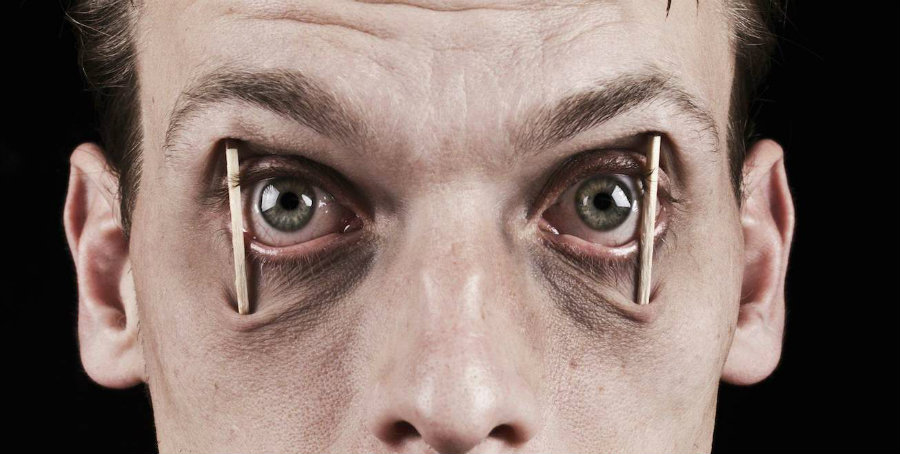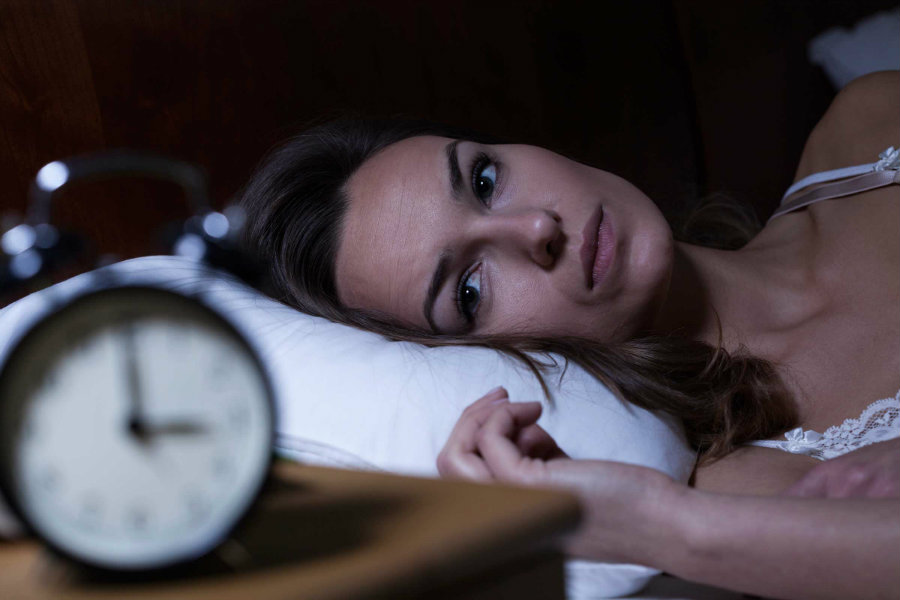Researchers have found that gene CRY1 is key to determining a person’s sleep/wake cycles, according to a study published Thursday in the journal Cell.
A mutation in CRY1 may translate into an alteration of the circadian clock, which determines if people are early birds or night owls. Carriers of the mutation go to bed 2-2.5 hours later than non-carriers, which makes them feel as if they have a ceaseless jet lag. Michael Young, a professor at Richard and Jeanne Fisher and Head of the Laboratory of Genetics at The Rockefeller University, said these people usually wake up feeling they are not ready for the next day to come.

“Carriers of the mutation have longer days than the planet gives them, so they are essentially playing catch-up for their entire lives,” said lead study author Alina Patke, a research associate at Michael Young’s lab.
Study authors noted delayed sleep phase disorder (DSPD) is a common condition among night owls at sleep clinics, affecting up to 10 percent of overall patients. This is the first study that investigates how a gene mutation can interfere with the development of DSPD.
People with DSPD regularly find difficult to fall asleep. Their sleep cycle is often divided into several long naps, making them feel sleepy during morning work schedules when society expects people to be wide awake.
Science has found associations between sleep disorders and depression, anxiety, diabetes, cardiovascular disease and decreased mortality rates. Adults aged 26 to 64 years should sleep between seven and nine hours each day, as recommended by the National Sleep Foundation.
The circadian clock has maintained its genetic form throughout animal evolution
Young and Patke noted not all individuals with DSPD have a mutation in CRY1. Nonetheless, they found this gene variant in one out of 75 people with non-Finnish European ancestors analyzed in a gene database.
Young had previously studied sleep cycles of the fruit fly. He explained the circadian clock alters most living beings on Earth and that it “has remained more or less the same, genetically.” In other words, flies and humans may share the same biological clock.

“Our variant has an effect on a large fraction of the population,” added Patke, who is a night owl herself and works on late nights.
Weill Cornell Medical College researchers worked alongside Young to analyze the molecular base of human sleep disorders. They discovered the CRY1 variant after analyzing skin samples of people with DSPD.
CRY1 is in charge of driving the circadian clock. The first stage of the cycle consists of a built up of proteins -call activators- in a cell.
“These activators produce their own inhibitors that, over time, cause the activators to lose their potency. When all the activators in the cell have been silenced, inhibitors are no longer produced and eventually degrade. Once they’ve all gone, the potency of the activators surges, and the cycle begins again,” researchers added in a press release issued Thursday.
Is there a way to ‘fix’ the effects of the CRY1 variant?
The CRY1 protein acts as one the circadian clock inhibitors, the study noted. The mutation Young and Patke found makes the gene to lose part of its protein. As a consequence, CRY1 becomes “overly active,” making the activators to expand the cycle by 30 minutes or more.
Collaborators at Bilkent University inspected the sleep patterns of six Turkish families, of which 39 individuals carried a mutation of the CRY1, while 31 were non-carriers. Those with the gene variant were able to fall asleep later than their counterparts, while they also had irregular sleep patterns.

The study noted the circadian clock answers to environmental elements, which means those with the CRY1 variant may control its effects on sleep. For instance, those carriers with strict sleep and wake times who expose themselves to bright light can have a better time at controlling their sleep cycles.
“An external cycle and good sleep hygiene can help force a slow-running clock to accommodate a 24-hour day,” says Patke. “We just have to work harder at it.”
Source: Cell
